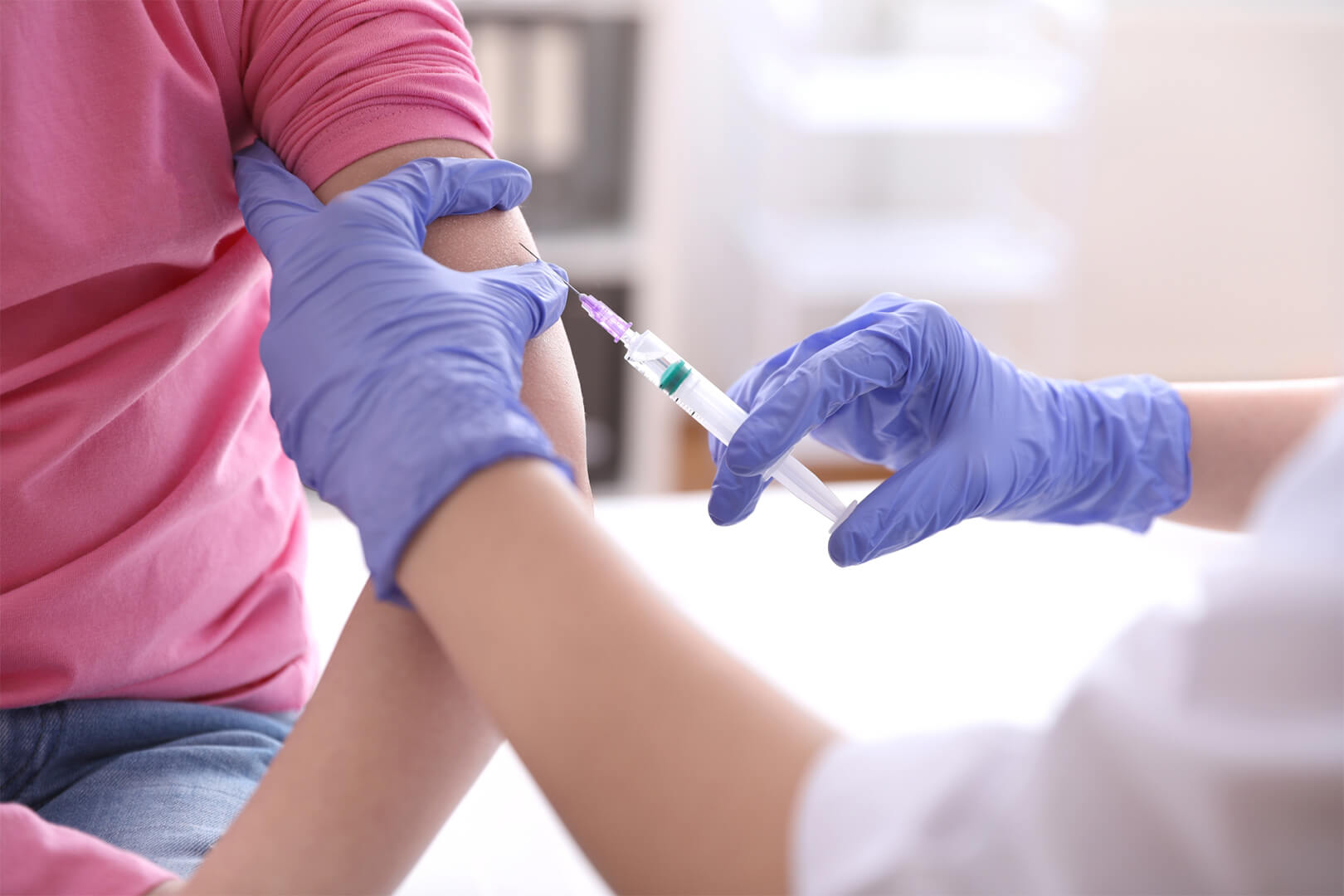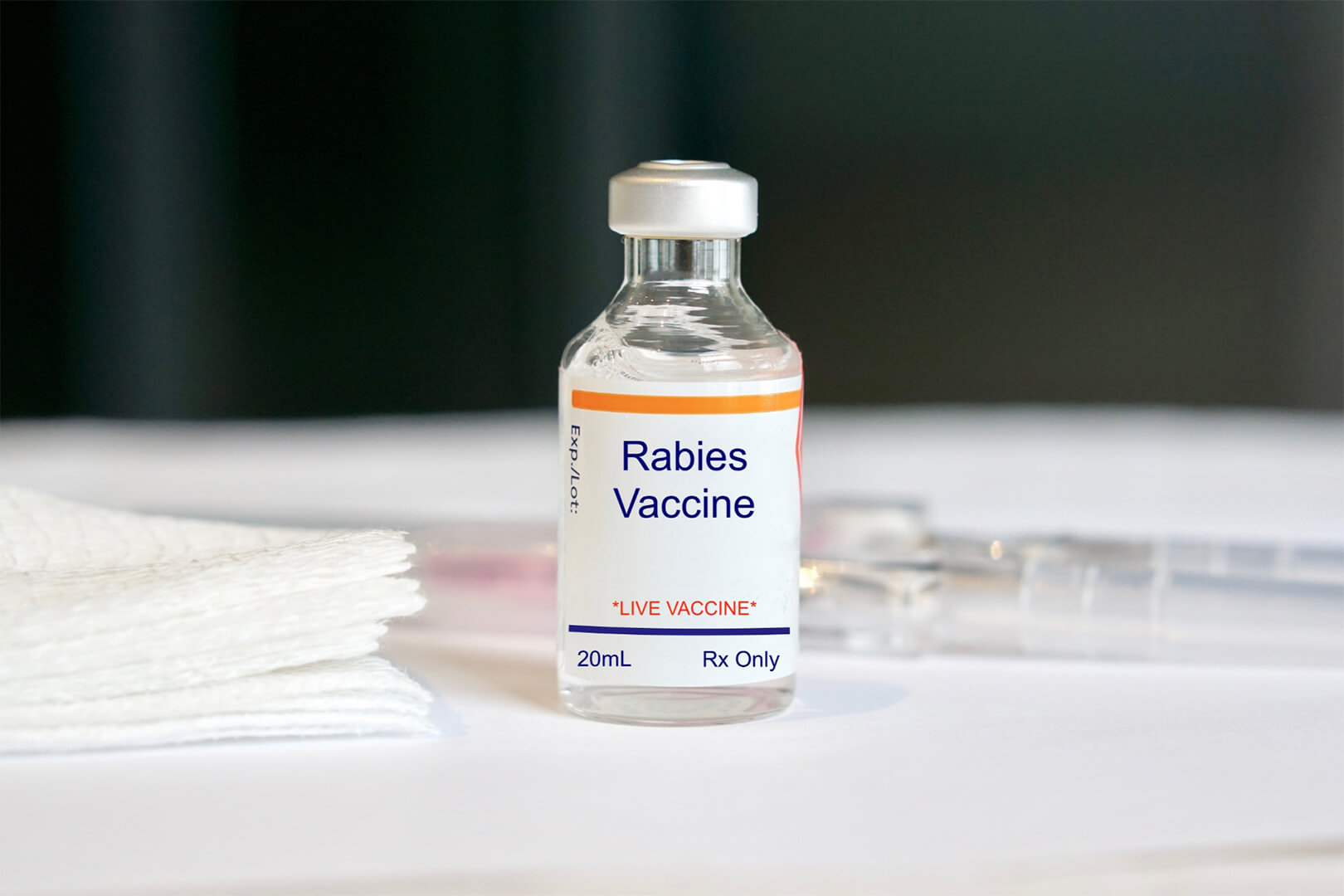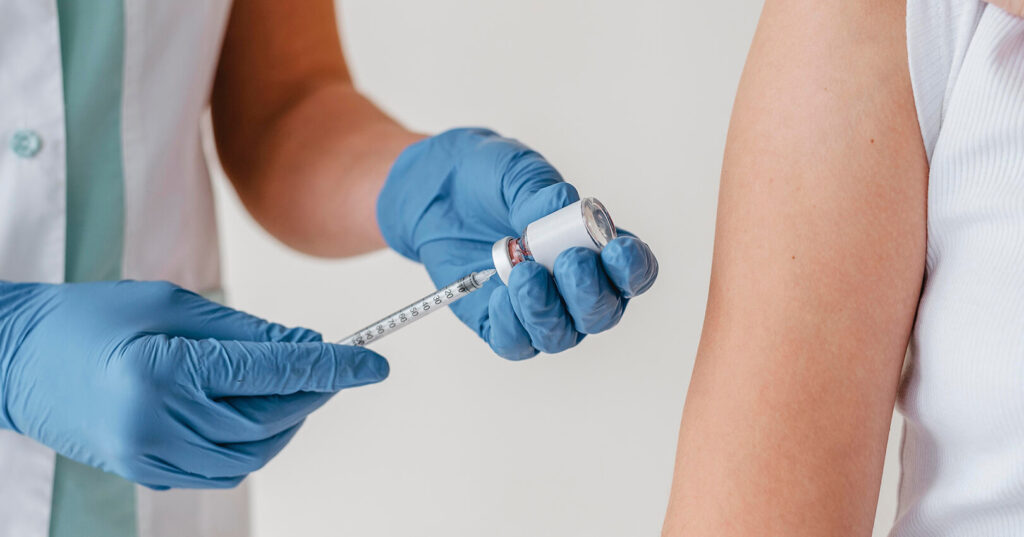For those considering a rabies vaccine, understanding potential after effects can be crucial. The rabies vaccine is instrumental in preventing a serious viral disease, especially for those at risk of exposure. Common side effects include mild reactions such as swelling or pain at the injection site, headache, and a slight fever, often resembling flu-like symptoms.
In some cases, recipients might experience gastrointestinal issues like nausea or vomiting. While these side effects are generally mild and resolve on their own, they can occasionally be more pronounced. Rarely, more serious reactions like anaphylaxis or the severe rash known as Stevens-Johnson syndrome might occur.
Knowing the potential effects helps in managing expectations and determining when to seek medical advice. For a more detailed understanding, including rare and serious side effects, reviewing information from reputable sources like the NHS and Cleveland Clinic can provide valuable insights.
UNDERSTANDING RABIES AND VACCINATION
Rabies is a viral disease that can cause severe neurological symptoms if left untreated. Vaccination is a critical tool to prevent the onset of rabies after exposure or to protect those at high risk. This guide explores the nature of rabies, the reasoning for vaccination, and the types of vaccines available.

BASICS OF RABIES
Rabies is a viral infection that primarily affects mammals, including humans. It is transmitted through the saliva of infected animals, often via bites. The virus travels through the nervous system to the brain, where it can cause serious symptoms like hallucinations, paralysis, and eventually, death. Early symptoms include fever and headache.
In animals, signs of rabies are often aggressive behavior and foaming at the mouth. In humans, once clinical symptoms appear, rabies is nearly always fatal. For this reason, swift medical intervention following exposure is crucial. Prompt vaccination can effectively prevent the disease even after exposure.
RATIONALE BEHIND RABIES VACCINATION
Vaccination against rabies is crucial as it is typically effective in preventing the disease when administered promptly after exposure. The rabies vaccine introduces weakened or inactivated parts of the virus to stimulate the immune system to recognize and combat the virus without causing the disease itself.
Those working in high-risk environments or traveling to areas where rabies is common are recommended to receive pre-exposure vaccination. The vaccine provides prophylactic protection, significantly reducing the risk of developing rabies upon exposure.
TYPES OF RABIES VACCINES
Rabies vaccines come in several types, primarily inactivated vaccines used for both pre-exposure and post-exposure prophylaxis. These are usually administered through intramuscular injection in a series of doses.
Some vaccines may cause mild side effects such as swelling, pain at the injection site, headache, or nausea, but severe reactions are rare. Each type of vaccine has specific guidelines and schedules, ensuring the ideal protection level when followed accurately. It’s vital to adhere to medical guidance to ensure the highest efficacy of these vaccines.
IMMEDIATE EFFECTS POST-VACCINATION
After receiving a rabies vaccine, some individuals might experience immediate reactions. These typically involve mild symptoms that can be managed easily. Recognizing these reactions and knowing how to manage them is important for patient comfort and care.

COMMON IMMEDIATE REACTIONS
Common immediate reactions to the rabies vaccine often include soreness at the injection site, headache, fever, and nausea. Individuals might also report minor issues such as local pain, erythema, and itching. Reports suggest that these side effects are generally mild and don’t last long. According to the Children’s Hospital of Philadelphia, sore arms and nausea are frequent complaints. Additionally, the Canadian Immunization Guide notes side effects such as swelling and erythema.
MANAGEMENT OF IMMEDIATE REACTIONS
Managing these immediate reactions typically involves simple interventions. Applying a cold compress can alleviate soreness and swelling at the injection site. Over-the-counter pain relievers, like ibuprofen or acetaminophen, can help reduce fever and headache. Engaging in gentle arm movement may speed up recovery from arm soreness. The Travel Doctor suggests that using the arm normally post-vaccination eases soreness more quickly. It’s important to monitor for any persistent or severe symptoms and consult a healthcare professional if needed.
LONG-TERM AFTER EFFECTS
While rabies vaccine side effects are often mild and short-lived, some patients report longer-lasting symptoms. Understanding these potential persistent effects and the importance of monitoring and addressing them is crucial for ongoing health.

POSSIBLE PERSISTENT SYMPTOMS
Though rare, certain individuals may experience extended reactions after receiving the rabies vaccine. Such reactions could include ongoing muscle aches, dizziness, and fatigue. Some individuals have reported prickly sensations in their extremities or persistent weakness, potentially impacting daily activities.
Neurological symptoms, like balance issues or trouble speaking, may also occur, though they are exceptionally uncommon. It is essential for those experiencing prolonged symptoms to consult with a healthcare professional to assess these conditions and rule out any other underlying health concerns. Regular follow-up can ensure any persistent symptoms are properly managed.
MONITORING AND REPORTING LONG-TERM EFFECTS
It is important to track and report any long-term effects experienced following rabies vaccination to healthcare providers. Regular monitoring allows for timely identification of side effects that may require intervention. Healthcare professionals rely on accurate patient reports to provide effective care and make informed decisions.
In addition, healthcare systems utilize the data collected from patients to monitor vaccine safety on a larger scale. Organizations such as the CDC encourage reporting through systems like the Vaccine Adverse Event Reporting System (VAERS) to maintain vaccine safety and efficacy. By reporting, individuals contribute to broader public health knowledge, promoting improvements in vaccine practice and patient safety.
SAFETY AND EFFICACY OF THE RABIES VACCINE
The rabies vaccine is crucial in preventing rabies, a fatal viral infection. It has undergone extensive testing to ensure both safety and effectiveness.

Adverse reactions are generally mild. Common side effects include a sore arm, nausea, and fever. More severe reactions, such as difficulty breathing, are extremely rare. According to studies, the incidence of adverse effects remains low at about 11.4%.
The vaccine’s efficacy is well-documented, particularly in post-exposure scenarios. Post-exposure prophylaxis is highly effective in preventing the disease when administered promptly after exposure. Studies confirm that purified Vero cell rabies vaccines carry a very low adverse reaction rate while being effective at preventing rabies in severely exposed individuals.
For those concerned about side effects, it is important to note that they usually subside quickly without medical intervention. Local reactions such as pain, itching, and redness at the injection site are reported, but these symptoms are mild and temporary.
The rabies vaccine works efficiently to prevent rabies infections, which is why it’s part of standard public health measures globally. Health agencies worldwide recommend it for individuals likely to be exposed to the rabies virus. The Canadian Immunization Guide indicates its role in public health strategies.
The vaccine’s balance of safety and efficacy highlights its importance as a reliable preventative measure against a potentially deadly infection.

